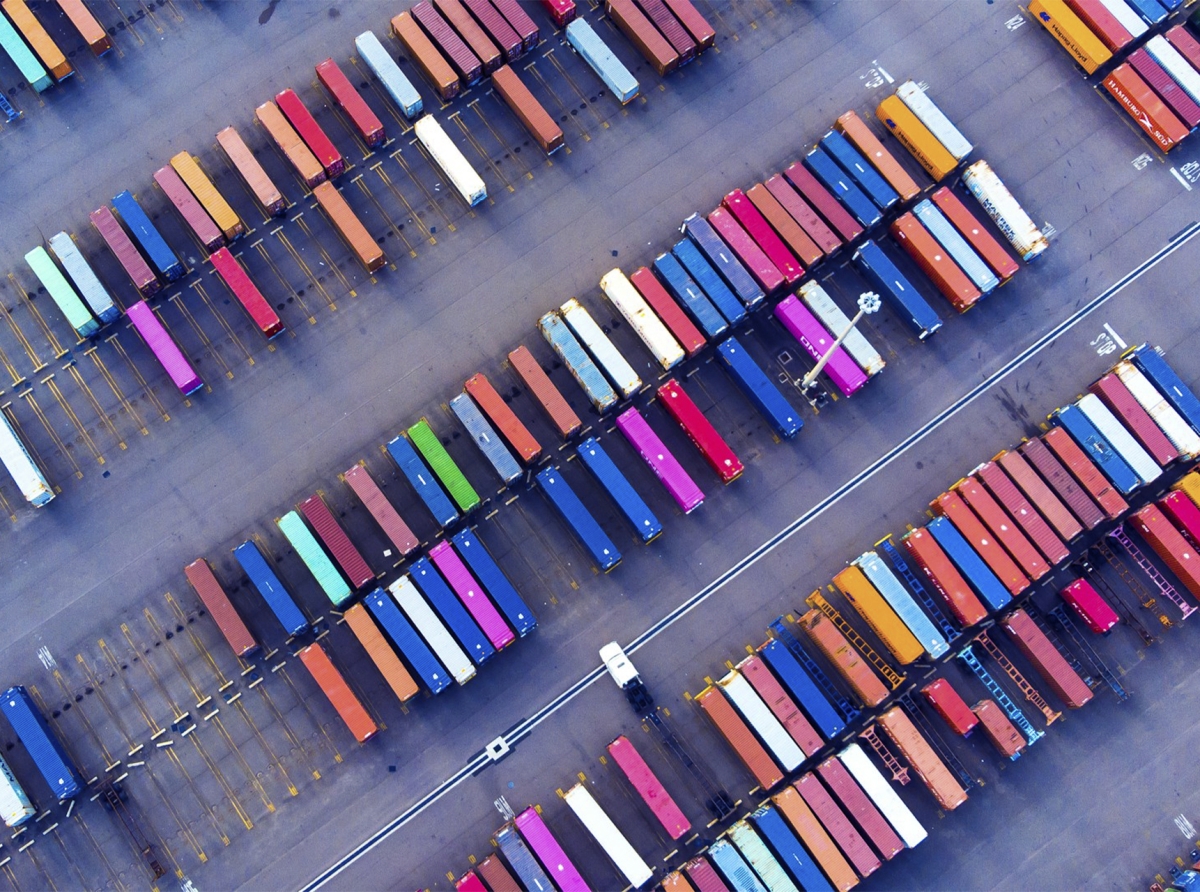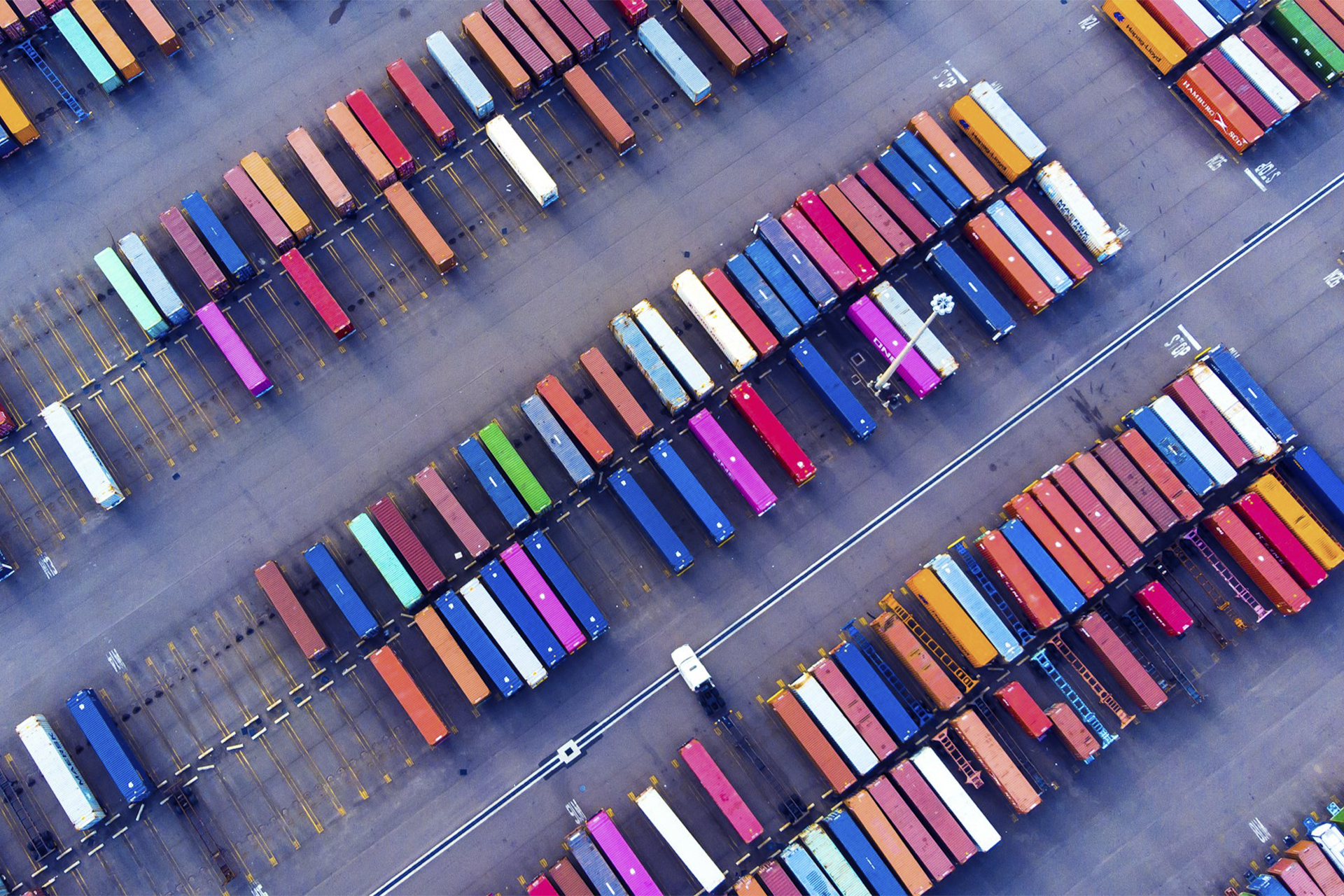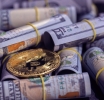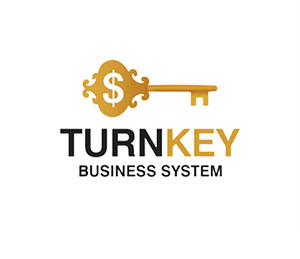U.S. Tariffs Surge: What Global Trade Partners Face Next

U.S. Tariffs Surge: What Global Trade Partners Face Next
The latest round of US tariffs on dozens of key trading partners has injected a fresh wave of uncertainty into global markets. While the political narrative focuses on trade negotiations, for traders the immediate implications are in currency volatility and commodity price shifts.
The newly imposed duties — targeting economies from China to Brazil — are already pressuring export-oriented currencies. The BRL/USD and INR/USD pairs face increased downside risk as higher US import costs weaken demand for goods from Brazil and India. China, hit with tariffs of up to 30% on certain categories, is likely to see heightened swings in USD/CNH, especially if Beijing considers countermeasures.
The newly imposed duties — targeting economies from China to Brazil — are already pressuring export-oriented currencies. The BRL/USD and INR/USD pairs face increased downside risk as higher US import costs weaken demand for goods from Brazil and India. China, hit with tariffs of up to 30% on certain categories, is likely to see heightened swings in USD/CNH, especially if Beijing considers countermeasures.
In the commodities space, the tariffs could support precious metals as safe-haven demand rises. Gold prices often climb when trade tensions escalate, and the combination of costlier imports and retaliatory measures could push XAU/USD higher. Industrial metals such as copper and aluminum may experience mixed impacts — higher US prices could dampen demand, but supply chain disruptions could also limit availability, keeping prices volatile.

U.S. Tariffs Surge: What Global Trade Partners Face Next
President Donald Trump underscored the magnitude of the change in a Truth Social post: “MIDNIGHT HAS ARRIVED!!! BILLIONS OF DOLLARS IN TARIFFS ARE NOW POURING INTO THE UNITED STATES OF AMERICA!” While the statement is political, the market is already responding with wider risk premiums and sharper intraday moves across emerging-market currencies.
For traders, the key takeaway is that this is not a one-off shock — these tariffs have only been in effect for a week, yet they are laying the groundwork for medium-term price action. Those closely monitoring policy shifts and central bank responses in affected economies will have a clear edge in positioning for the next wave of volatility.
For traders, the key takeaway is that this is not a one-off shock — these tariffs have only been in effect for a week, yet they are laying the groundwork for medium-term price action. Those closely monitoring policy shifts and central bank responses in affected economies will have a clear edge in positioning for the next wave of volatility.
Fact section:
The United States has recently implemented a new wave of tariffs on dozens of its trading partners. The baseline tariff rate for countries without special agreements is now set at 10%, but many nations face much higher duties.
Current tariff rates include:
50% – Brazil, India
41–40% – Syria (41%), Laos, Myanmar (40%)
39% – Switzerland
35% – Canada, Iraq, Serbia
30% – Algeria, Bosnia and Herzegovina, China, Libya, South Africa
25% – Brunei, Kazakhstan, Mexico, Moldova, Tunisia
20% – Bangladesh, Sri Lanka, Taiwan, Vietnam
19% – Cambodia, Indonesia, Malaysia, Pakistan, Philippines, Thailand
18% – Nicaragua
15% – Afghanistan, Angola, Bolivia, Botswana, Cameroon, Chad, Costa Rica, Côte d’Ivoire, DR Congo, Ecuador, Equatorial Guinea, European Union, Fiji, Ghana, Guyana, Iceland, Israel, Japan, Jordan, Lesotho, Liechtenstein, Madagascar, Malawi, Mauritius, Mozambique, Namibia, Nauru, New Zealand, Nigeria, North Macedonia, Norway, Papua New Guinea, South Korea, Trinidad and Tobago, Turkey, Uganda, Vanuatu, Venezuela, Zambia, Zimbabwe
10% – Falkland Islands, United Kingdom
While some economies, such as Switzerland, continue to seek tariff reductions through bilateral negotiations, others have secured deals—recently the UK, EU, Japan, South Korea, Vietnam, the Philippines, and Indonesia.
Brazil’s tariff hike follows Washington’s concerns over its domestic policies, while India faces penalties linked to its Russian oil imports. India currently pays 25% but will rise to 50% in the near term. Mexico’s tariff increase has been paused to allow further talks. China, after years of escalating trade tensions, is now in a temporary truce with the U.S., set to last until August 12, facing a 30% rate in the meantime.
The United States has recently implemented a new wave of tariffs on dozens of its trading partners. The baseline tariff rate for countries without special agreements is now set at 10%, but many nations face much higher duties.
Current tariff rates include:
50% – Brazil, India
41–40% – Syria (41%), Laos, Myanmar (40%)
39% – Switzerland
35% – Canada, Iraq, Serbia
30% – Algeria, Bosnia and Herzegovina, China, Libya, South Africa
25% – Brunei, Kazakhstan, Mexico, Moldova, Tunisia
20% – Bangladesh, Sri Lanka, Taiwan, Vietnam
19% – Cambodia, Indonesia, Malaysia, Pakistan, Philippines, Thailand
18% – Nicaragua
15% – Afghanistan, Angola, Bolivia, Botswana, Cameroon, Chad, Costa Rica, Côte d’Ivoire, DR Congo, Ecuador, Equatorial Guinea, European Union, Fiji, Ghana, Guyana, Iceland, Israel, Japan, Jordan, Lesotho, Liechtenstein, Madagascar, Malawi, Mauritius, Mozambique, Namibia, Nauru, New Zealand, Nigeria, North Macedonia, Norway, Papua New Guinea, South Korea, Trinidad and Tobago, Turkey, Uganda, Vanuatu, Venezuela, Zambia, Zimbabwe
10% – Falkland Islands, United Kingdom
While some economies, such as Switzerland, continue to seek tariff reductions through bilateral negotiations, others have secured deals—recently the UK, EU, Japan, South Korea, Vietnam, the Philippines, and Indonesia.
Brazil’s tariff hike follows Washington’s concerns over its domestic policies, while India faces penalties linked to its Russian oil imports. India currently pays 25% but will rise to 50% in the near term. Mexico’s tariff increase has been paused to allow further talks. China, after years of escalating trade tensions, is now in a temporary truce with the U.S., set to last until August 12, facing a 30% rate in the meantime.
These tariff adjustments signal a strategic shift in U.S. trade policy toward more aggressive leverage, using high rates both as a negotiation tool and as an economic pressure point. For countries with pending negotiations, the gap between current and potential maximum tariffs serves as a bargaining chip for Washington.
In practical terms, the uneven distribution of rates creates new dynamics in global supply chains. Higher tariffs on Brazil and India could shift U.S. sourcing toward smaller markets or allies with favorable agreements.
Meanwhile, the temporary truce with China—despite its relatively high 30% rate—suggests that tariff policy is now a flexible instrument, adjusted in real time to geopolitical objectives rather than static economic doctrine.
In practical terms, the uneven distribution of rates creates new dynamics in global supply chains. Higher tariffs on Brazil and India could shift U.S. sourcing toward smaller markets or allies with favorable agreements.
Meanwhile, the temporary truce with China—despite its relatively high 30% rate—suggests that tariff policy is now a flexible instrument, adjusted in real time to geopolitical objectives rather than static economic doctrine.
Looking ahead, volatility in tariff rates is likely to remain a defining feature of U.S. trade relations, forcing exporters to adopt more adaptive pricing and logistics strategies. For investors, these shifts represent both a risk and an opportunity—penalizing certain industries while potentially boosting domestic producers in sectors shielded by high foreign duties.
Written by Ethan Blake
Independent researcher, fintech consultant, and market analyst.
August 8, 2025
Join us. Our Telegram: @forexturnkey
All to the point, no ads. A channel that doesn't tire you out, but pumps you up.
Written by Ethan Blake
Independent researcher, fintech consultant, and market analyst.
August 8, 2025
Join us. Our Telegram: @forexturnkey
All to the point, no ads. A channel that doesn't tire you out, but pumps you up.









Report
My comments